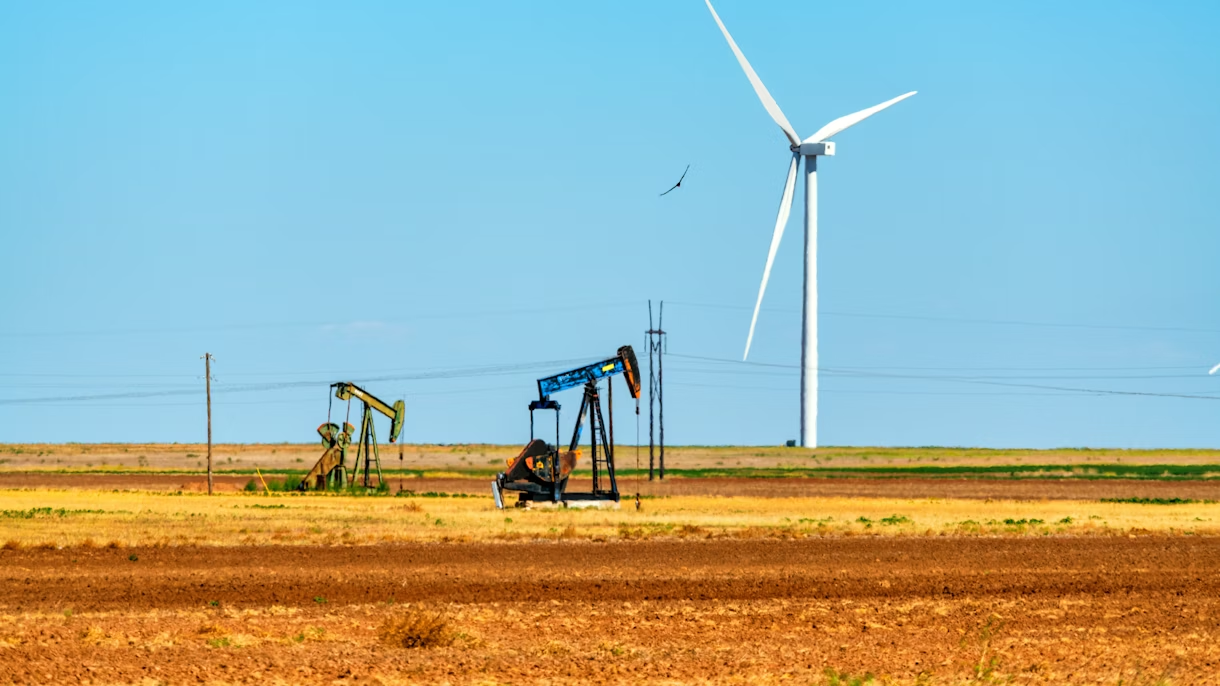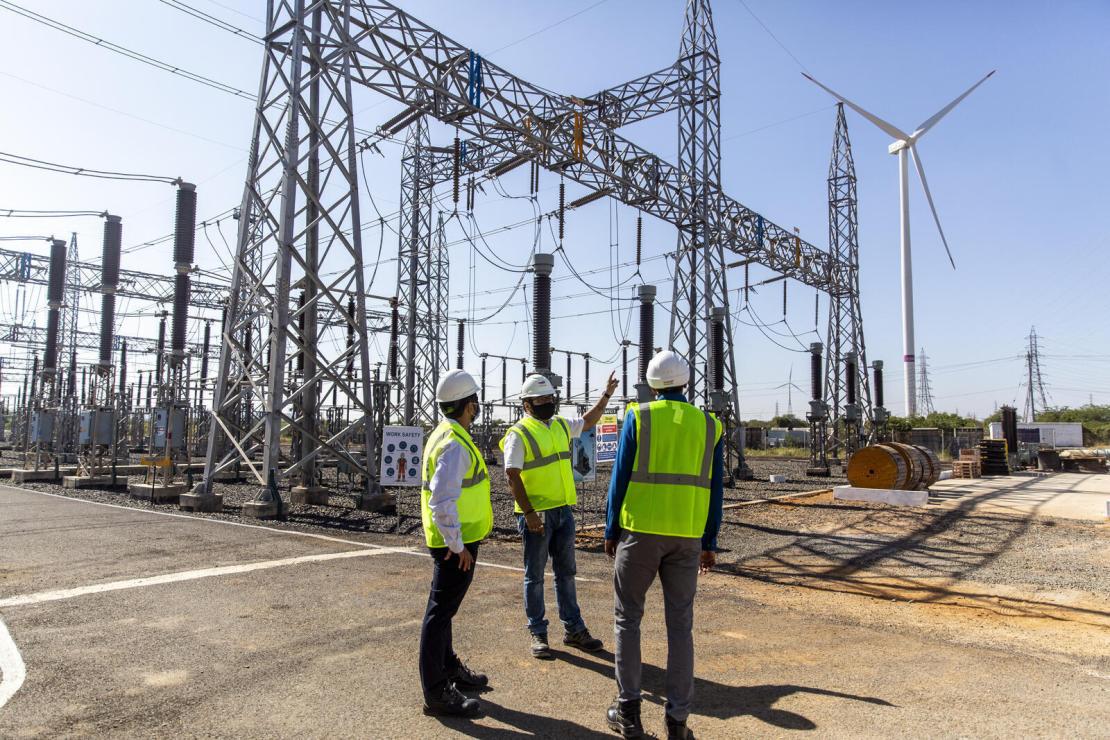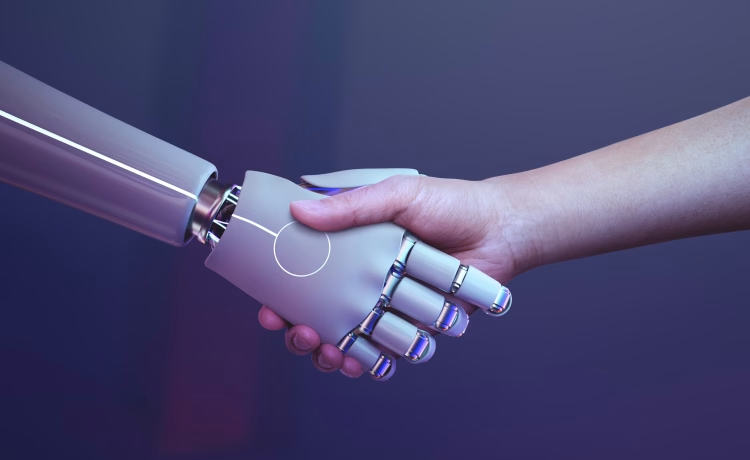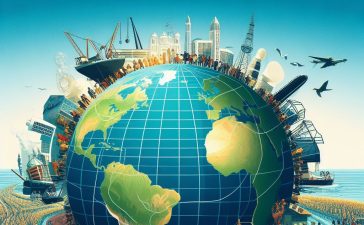In the modern age, society and industry are more interconnected than ever before. As technology, economics, and culture evolve at an unprecedented pace, industries are reshaping the social fabric, while societal expectations are simultaneously redefining how industries operate. This dynamic relationship influences everything—from employment and education to sustainability and corporate responsibility. Understanding this interplay is essential for navigating the challenges and opportunities of the 21st century.
Industrial Progress and Social Transformation
Historically, industry has been a driving force behind societal transformation. The Industrial Revolution of the 18th and 19th centuries marked a shift from agrarian economies to industrialized societies, leading to urbanization, population growth, and new social classes. Factories became centers of production, and the demand for labor created new opportunities for mobility, but also brought social inequalities and environmental consequences.
Today, we are witnessing a new kind of industrial revolution—often called the Fourth Industrial Revolution—driven by automation, artificial intelligence (AI), robotics, and digital connectivity. These innovations are not only changing how goods are produced but also altering how people work, learn, and interact. As traditional industries digitize and new sectors emerge, society is again adapting to a new industrial paradigm.
Automation and the Changing Nature of Work
One of the most profound shifts in the modern industrial landscape is automation. Machines and algorithms can now perform tasks once reserved for humans—sometimes more efficiently and accurately. In sectors like manufacturing, logistics, and finance, automation has increased productivity while reducing costs. However, it also raises critical social questions about job displacement, income inequality, and the future of work.
According to reports by the World Economic Forum, millions of jobs may be replaced by automation, but even more could be created in technology, data science, renewable energy, and healthcare. The challenge lies in equipping workers with the skills needed for these new roles. Lifelong learning, reskilling, and vocational education are becoming essential pillars of modern society. Governments, educational institutions, and industries must collaborate to ensure that technological advancement benefits everyone, not just a select few.
In this sense, automation is not merely an industrial change—it’s a societal transformation. It challenges traditional ideas of employment, productivity, and even human purpose in the workforce.

Corporate Responsibility and Social Expectations
As societies become more informed and connected, the expectations placed on industries have grown beyond profit generation. Consumers today demand ethical, transparent, and socially responsible business practices. Issues such as labor rights, sustainability, and corporate governance are no longer secondary concerns—they are central to brand reputation and long-term success.
Industries are now expected to operate with a sense of purpose. Corporate Social Responsibility (CSR) programs and Environmental, Social, and Governance (ESG) standards have become benchmarks for ethical operation. Companies that ignore these trends risk losing consumer trust and market relevance. For example, industries in fashion and manufacturing face increasing scrutiny over labor conditions and environmental impact, prompting many to adopt fair-trade policies, eco-friendly materials, and circular economy models.
This shift reflects a broader societal movement: people no longer see industries as isolated entities, but as integral parts of the social ecosystem. The rise of conscious consumerism demonstrates that profit and purpose can coexist—if industries are willing to adapt.
The Green Industrial Revolution
Sustainability has emerged as a defining challenge of our time. As climate change accelerates, industries are under immense pressure to reduce emissions, minimize waste, and transition toward renewable energy. This global push for sustainability represents what many call the “Green Industrial Revolution.”
Renewable energy sectors such as wind, solar, and hydrogen power are rapidly expanding, offering both economic growth and environmental benefits. Heavy industries—traditionally major polluters—are investing in carbon capture technologies and green materials. Automotive companies are shifting toward electric vehicles, while tech companies are building carbon-neutral data centers.
This transition is not just industrial—it’s deeply social. It affects jobs, communities, and lifestyles. For instance, the decline of fossil fuel industries impacts workers and regions dependent on them, creating the need for “just transition” policies that ensure no community is left behind. Meanwhile, green innovation inspires new generations to pursue careers in sustainability, environmental science, and renewable energy.
The symbiosis between society and industry is evident here: societal demand for a livable planet is pushing industries to innovate responsibly, while industrial innovation is providing tools for societies to combat climate change.
Digital Society and Industrial Connectivity
Digitalization has blurred the lines between society and industry. The rise of e-commerce, remote work, and social media has created a new kind of interconnected economy. Industries are no longer confined to physical spaces—digital platforms have become global marketplaces and social hubs simultaneously.
For example, industries like entertainment, media, and education have transformed through digital technologies. Streaming services, online learning, and virtual workspaces demonstrate how industrial innovation can reshape cultural norms and daily routines. The digital era has also democratized access to opportunities: small businesses can now compete on global stages, and individuals can monetize their skills through digital platforms.
Yet, this transformation brings challenges such as data privacy, misinformation, and digital inequality. Not everyone has equal access to technology, creating a new form of social divide. Bridging this digital gap is crucial to ensuring that the benefits of the digital-industrial era are shared equitably across all segments of society.
Globalization and Local Impact
Globalization has connected industries across continents, enabling complex supply chains and cross-border innovation. However, this interconnectedness also exposes vulnerabilities—such as during the COVID-19 pandemic, when global supply chains collapsed under pressure. This event forced both society and industry to reconsider the balance between global efficiency and local resilience.
Today, there is a growing trend toward “glocalization” — adapting global strategies to local needs. Industries are investing in local production, supporting regional economies, and prioritizing supply chain security. For societies, this shift brings opportunities for job creation, economic independence, and cultural preservation.
The modern industrial landscape is, therefore, a hybrid: globally connected but locally grounded. It highlights the need for industries to be flexible and responsive to both global challenges and community values.
The Human Element: Industry’s Social Responsibility
Despite automation and digital transformation, people remain at the heart of industry. Machines can replicate processes, but creativity, empathy, and ethics remain inherently human traits. As industries evolve, preserving this human element becomes essential.
Social well-being must remain a core focus of industrial development. This includes fair wages, inclusive hiring, workplace safety, and mental health awareness. Forward-thinking companies recognize that supporting their workforce is not just morally right—it’s good business. Healthy, motivated employees drive innovation and growth.
Furthermore, industries play a vital role in shaping cultural identity and social values. Through marketing, design, and communication, they influence how societies think, behave, and consume. This power must be wielded responsibly, fostering positive change rather than exploitation.

Conclusion: A Shared Future Between Society and Industry
The relationship between society and industry has always been one of mutual influence—but today, it’s more intertwined than ever. Industry drives technological and economic progress, while society provides the moral compass and demand that guide its direction. The future depends on balance: industries must innovate responsibly, and societies must remain adaptable and forward-looking.
In the decades ahead, collaboration will be the key. Governments, corporations, and communities must work together to ensure that industrial growth aligns with human progress. Sustainability, equity, and inclusivity must become the foundations of future industry.
The industrial world is no longer separate from society—it is society. Every innovation, every policy, and every product shapes our collective future. The challenge and opportunity before us are to build an industrial age that serves not just the economy, but humanity itself.
















